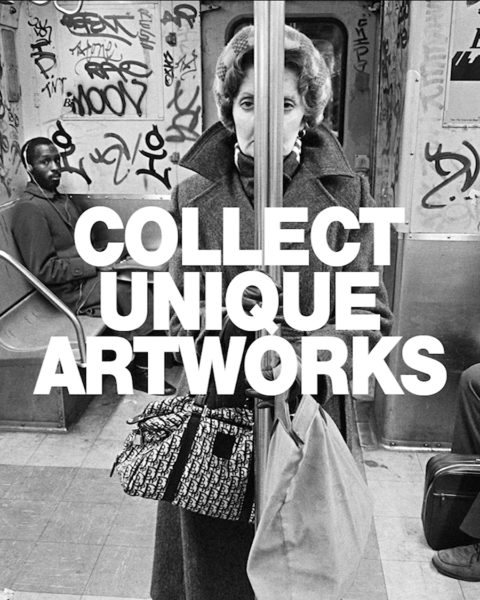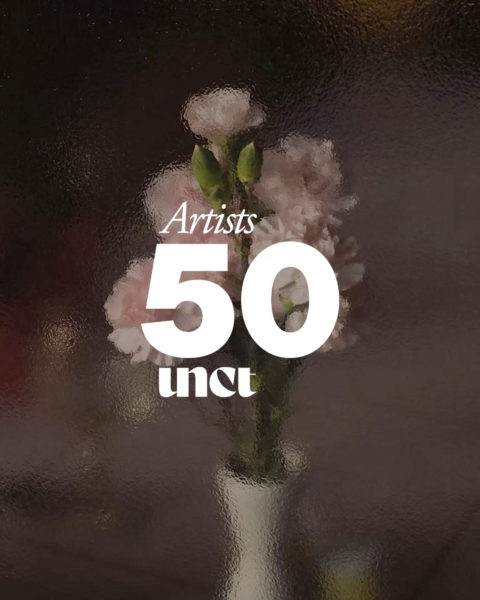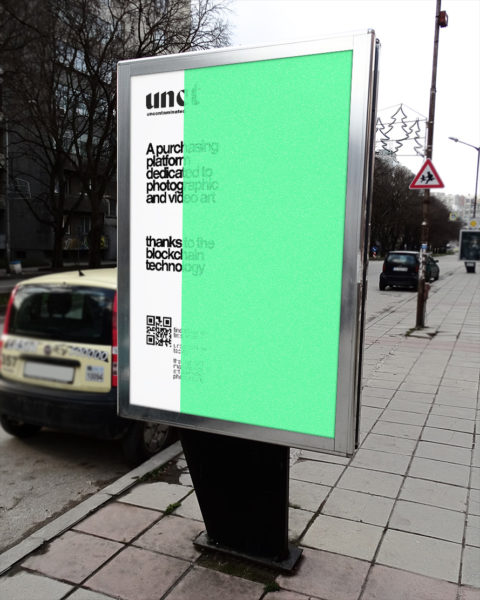Before the spike in the creation and sale of NFTs, authors faced limitations on the revenue that they could generate from their creative works. First of all, once a work of art was sold by a gallery to a collector or directly to a private owner it could be resold to another owner without the artist being aware of such a resale and void of any economic gain for the artist in question.
Secondly, digital artworks could be easily copied an infinite number of times and distributed throughout the internet, making it difficult for the creators to control, safeguard and monetize their digital creative works. However, NFTs make it possible for creators to generate unique tokenized versions of their art and to commodify such assets, ensuring against counter-faction.
By setting a sales price or running an auction and the maximum number of replicas, the NFT creator perpetuates the scarcity of their asset increasing its value in the initial market as well as the resale market, a bit like with limited edition lithographs.

Thanks to NFTs, digital artwork becomes unique and “rare”. Through the blockchain, the disruptive element is that when the transfer of the work takes place, the so-called “smart contracts” are automatically generated, these regulate the transactions ensuring royalties are absorbed using cryptocurrencies, so the identity (at least the digital one) of the author and everyone involved in the transactions is recorded, including the subsequent owners. Furthermore, the value of the work increases each time it is resold generating a constant revenue for the artist and an increased value of the asset for the collector who buys it or decides to resell it. Either way, it’s a win-win situation.
One of the main advantages of smart contracts is that artists can sell their works directly on digital platforms, without the intermediation of gallery owners and other traditional “gatekeepers” of the art world. Furthermore, although many digital sales platforms also ask for commissions on sales, artists still have the important advantage of being able to receive royalties on every sale following the first (the sales that feed the so-called “secondary market”), thanks to blockchain technology, which allows safe traceability, and the use of smart contracts that allow them to be credited, automatically and immediately, with a share of the sale price.
In other words, royalties are:
“Smart contracts written into the code of NFTs which allow for the distribution of funds for the payment of royalties to the creator each time the work is resold.”
What this means for the artist is that once the token is created he may receive an infinite revenue thanks to the resale of his work of art through these platforms, the blockchain, and thanks to the royalties or “smart contracts” which allow him or her to benefit forever each time the work is resold. This is something completely new for visual artists and something worth considering when creating an NFT in a constantly evolving system of creation, revenue, empowerment, disruption, and democratization.





